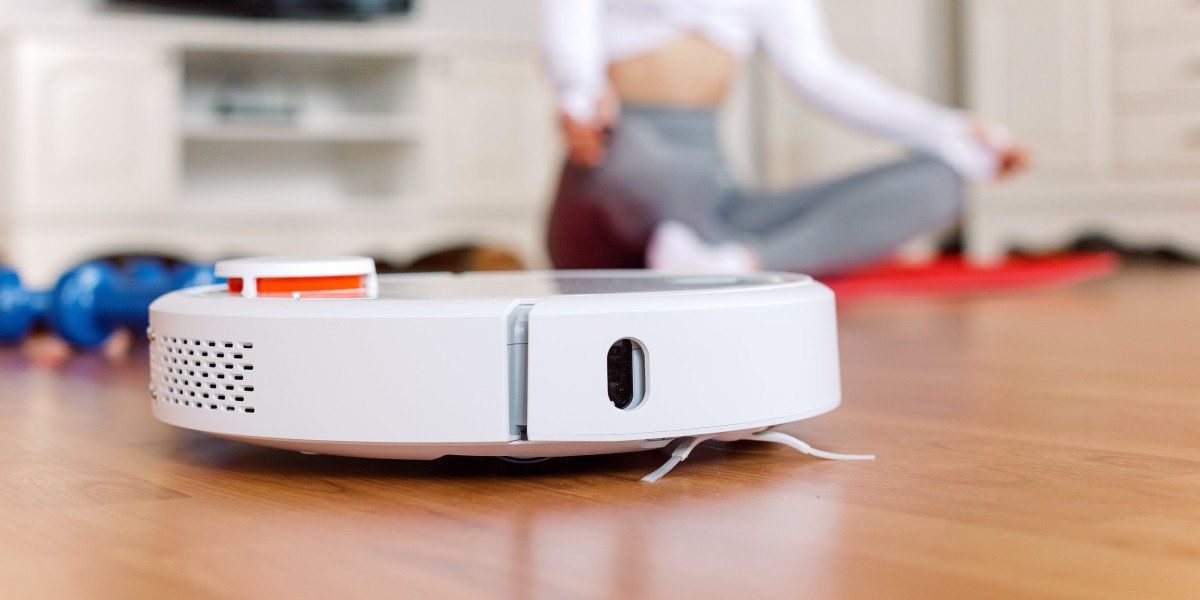When it comes to keeping your clothes clean and well-maintained, the method you choose for washing plays a significant role in their longevity and appearance. Two of the most common methods are dry cleaning and regular washing. While both aim to clean your clothes, they use different processes and are suitable for different types of fabrics and stains. Let’s explore the differences between dry cleaning and regular washing, and which method is best for your clothes.
What is Regular Washing?
Regular washing typically involves the use of water and detergent to clean clothes. It’s the method most people use at home with washing machines or by hand. This process works well for fabrics that can tolerate water and agitation.
How it Works:
Water and detergent mix together to break down dirt and oils, lifting them away from fabric fibers. The clothes are then spun to remove excess water and hung or dried. Regular washing is great for everyday clothes, such as cotton shirts, towels, and casual wear.
Best for:
- Cotton: Durable and washable in water.
- Linen: Often washable and resistant to regular wear.
- Synthetic Fabrics: Polyester, nylon, etc.
However, regular washing isn’t suitable for delicate fabrics or garments that require special care. Over-washing can lead to fabric wear, fading colors, or stretching.
What is Dry Cleaning?
Dry cleaning, on the other hand, is a process that uses chemical solvents instead of water to clean clothes. The clothes are placed in a machine where the solvent dissolves dirt and oils, and then the clothes are dried in the same machine using low heat. This process is ideal for fabrics that can’t tolerate water or that might shrink, lose their shape, or get damaged in a regular wash.
How it Works:
Instead of water, dry cleaning uses a chemical solvent, often perchloroethylene (PERC) or a newer eco-friendly solution, to clean clothes. This method ensures that delicate fabrics like silk, wool, and cashmere are cleaned without risking damage. Dry cleaning is also gentle on clothes, preventing them from losing their shape or texture.
Best for:
- Silk: Delicate fibers that may lose their sheen with water.
- Wool: Sensitive to water, prone to shrinking.
- Suede and Leather: Can’t be washed in water.
- Delicate Embellishments: Beads, sequins, or embroidery that could get damaged in a regular wash.
Dry Cleaning vs. Regular Washing: What’s Best for Your Clothes?
The choice between dry cleaning and regular washing depends on the type of fabric, garment, and the stain. Here's a simple guideline:
- Delicate Fabrics: Fabrics such as silk, wool, and cashmere should always be dry cleaned to preserve their quality and texture.
- Everyday Clothes: For regular cotton or polyester clothing, washing at home works well.
- Heavy Stains: If your clothes have tough stains like grease or oil, dry cleaning is more effective in removing these without spreading them further.
- Special Occasions: Clothes worn for special events, such as suits or dresses, are better off with dry cleaning, as it helps retain their appearance and shape.
Conclusion
Both dry cleaning and regular washing have their place in clothes care, but the right method depends on the fabric, the type of stain, and the overall care needed. For delicate or high-maintenance fabrics, dry cleaning is often the best option. On the other hand, regular washing works well for everyday wear that can withstand water and detergent.
For those in Karachi, online dry cleaning services in Karachi offer a convenient and reliable option for professionals and anyone looking to save time while ensuring their clothes are well cared for. By choosing the right cleaning method, you can extend the life of your clothes and keep them looking their best!








